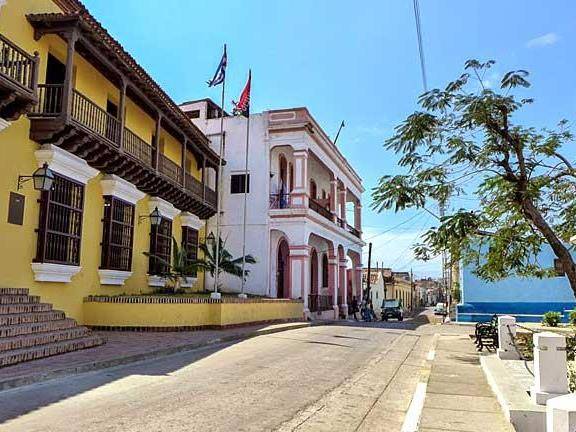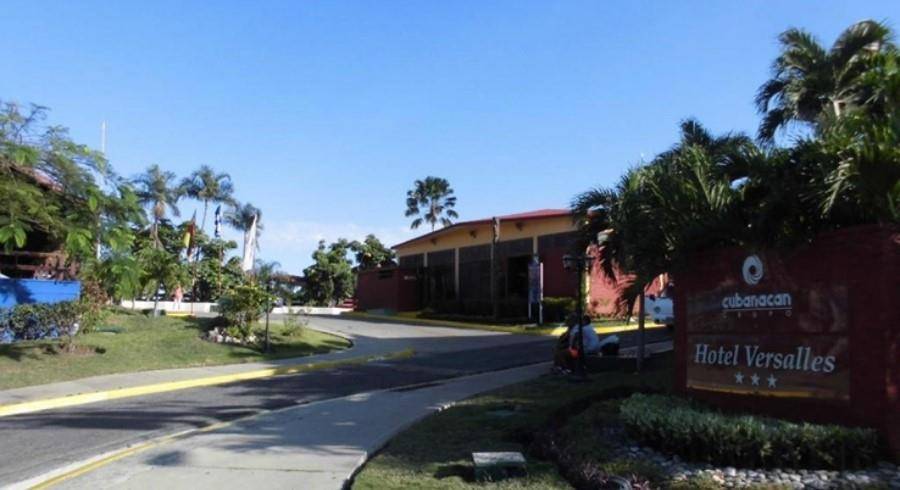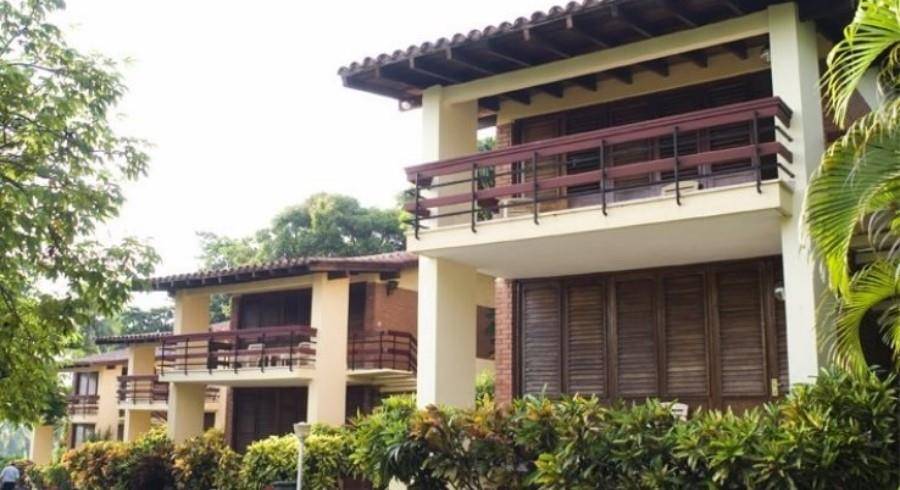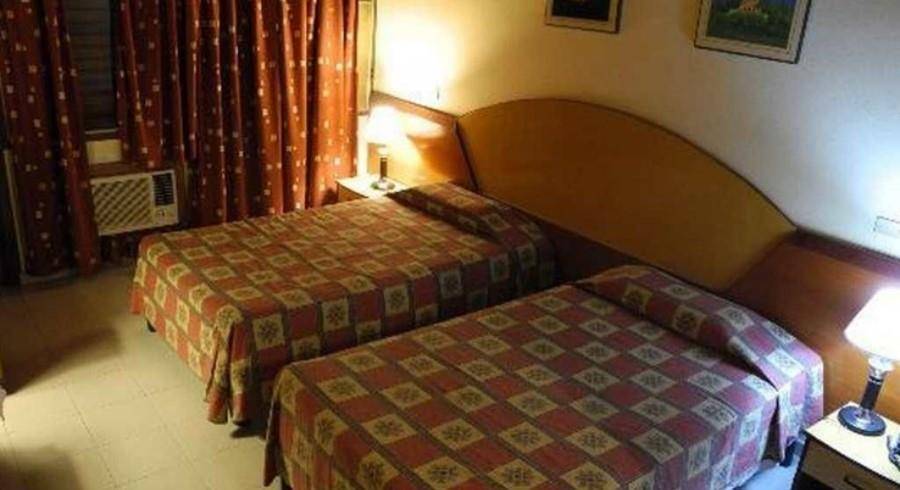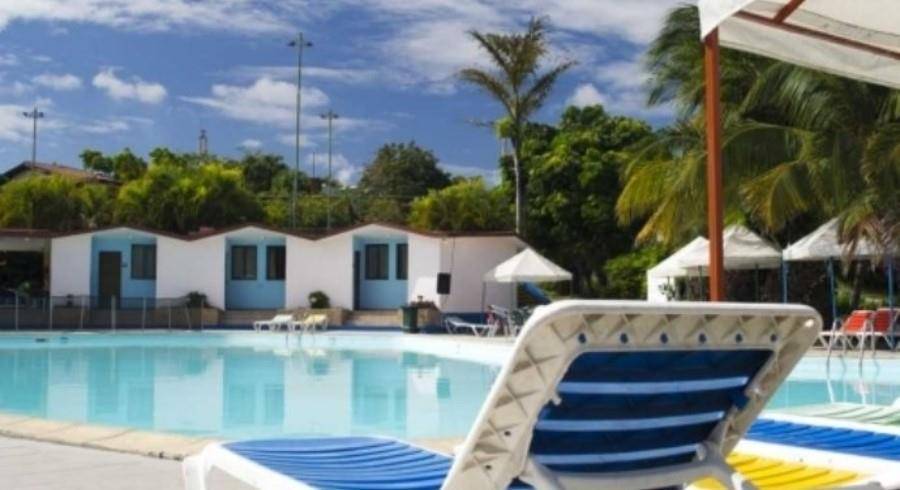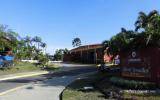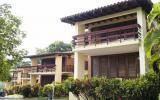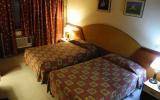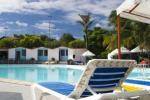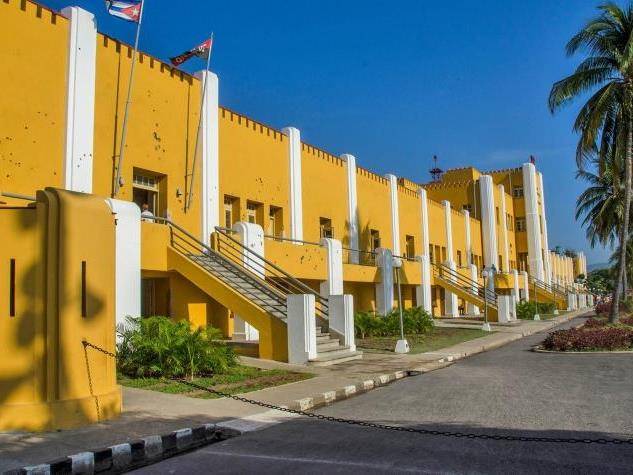About
Versalles
Hotel Versalles is, to the east of the city, surrounded by harmonious tranquility. Recommended for families and groups.
Hotel Versalles on a hilltop in the residential section of Versalles, on the southern outskirts of Santiago, was refurbished at the end of 2007. A major draw is the lovely views north and west over the city and bay, and it gets the breezes. It's also quite handsome.
The driveway curls up to a gracious glass-walled lobby with Modernist peaked roof and handsome furnishings, setting a welcome tone. And the contemporary style restaurant is an elegant spot and has tremendous views through a wall of glass decorated with stained-glass.
The 72 guest quarters are in motel-style one-story units and bi-level villas arrayed in a quadrangle around a huge swimming pool and sundeck with separate kid's pool. These units are of red-brick, with walls of glass and sliding glass doors opening broad shady balconies and patios.
Interiors have terra-cotta tile floors, functional wooden furnishings, and modern bathrooms. Take an upper room for the raised ceilings. As with most tourist hotels, this one comes with satellite TV, phones, and refrigerators in all rooms, which are kept clean. And recently remodeled bathrooms have shower-tubs with modern fixtures.
